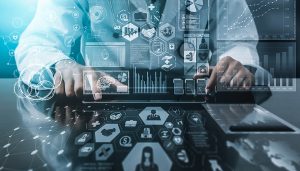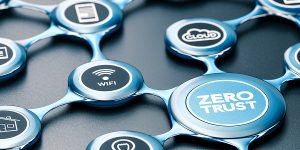 Artificial Intelligence (AI) allows tasks that typically require human intelligence to be completed at machine speed. For government agencies, this means that they can make better use of the troves of data they hold for daily decision making, strategic planning, and citizen service.
Artificial Intelligence (AI) allows tasks that typically require human intelligence to be completed at machine speed. For government agencies, this means that they can make better use of the troves of data they hold for daily decision making, strategic planning, and citizen service.
Protecting the Bat Population
Bats are a critical part of the natural ecosystems as pollinators and in their role of natural insect extermination. However, many bats are at risk due to habitat loss. When they lose their natural habitat, many take to bridges as a new home, causing potential damage and even posing health hazards.



 The Biden Administration recently issued its request for 2022 spending. This practice is really more of a
The Biden Administration recently issued its request for 2022 spending. This practice is really more of a  Chief Data Officers
Chief Data Officers Agility has been a key attribute for success over the past year and a half. Everyone had to quickly adapt in their personal and professional lives to do things in new ways to keep business and society running. Even the great bureaucracy of government found itself pivoting and quickly changing "how it's always been done" to meet the needs of the day. This should not end with the return to what feels like pre-pandemic normal. In the form of Agile methodology, Agility will play a huge role in the government's ability to continue the fast-forwarded digital push as a result of the pandemic.
Agility has been a key attribute for success over the past year and a half. Everyone had to quickly adapt in their personal and professional lives to do things in new ways to keep business and society running. Even the great bureaucracy of government found itself pivoting and quickly changing "how it's always been done" to meet the needs of the day. This should not end with the return to what feels like pre-pandemic normal. In the form of Agile methodology, Agility will play a huge role in the government's ability to continue the fast-forwarded digital push as a result of the pandemic. With so many high-profile hacks this year, it's easy to want to throw up your hands and say, "Is there nothing that can be trusted?!" Interestingly, that lament is what is driving the latest approach to cybersecurity -- zero trust. Zero trust is what it sounds like, a security approach
With so many high-profile hacks this year, it's easy to want to throw up your hands and say, "Is there nothing that can be trusted?!" Interestingly, that lament is what is driving the latest approach to cybersecurity -- zero trust. Zero trust is what it sounds like, a security approach 
